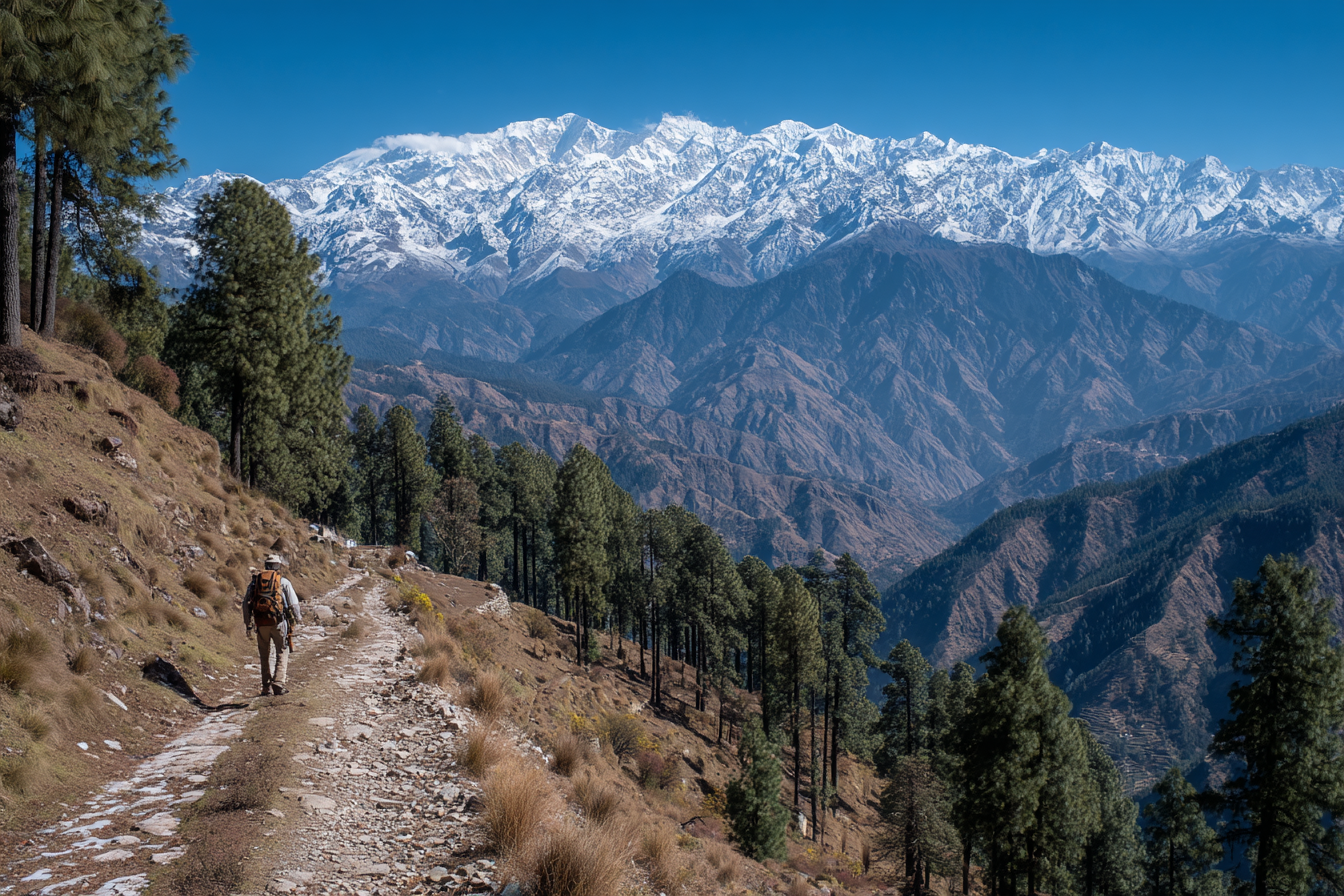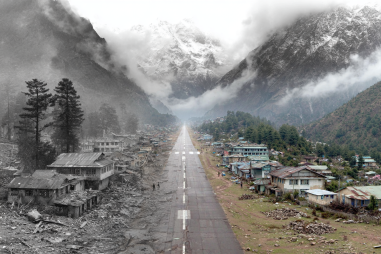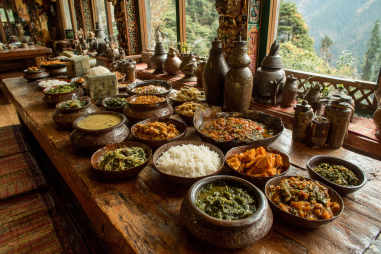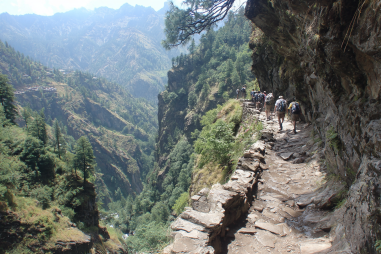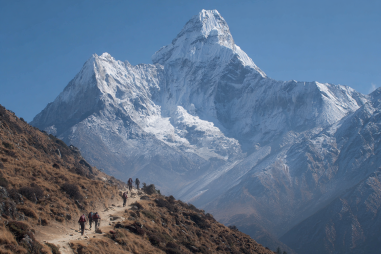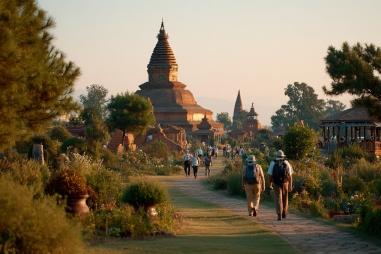Nepal, a country blessed with towering peaks, lush valleys, and rich cultural heritage, is a dream destination for hikers and trekkers worldwide. Whether you’re new to hiking or a seasoned adventurer, Nepal’s hiking routes offer an incredible variety of experiences. From scenic easy day hikes around bustling Kathmandu to challenging multi-day treks through some of the world’s most spectacular mountain landscapes, there’s a trail waiting for you. Let’s explore some of the best hiking routes in Nepal, including classic popular trails and hidden gems off the beaten path.
Easy Day Hikes Near Kathmandu
If you’re pressed for time or just starting out, Kathmandu valley’s easy day hikes are a perfect introduction to Nepal’s hiking culture and natural beauty. These trails are generally accessible, well-marked, and provide lovely views without demanding too much physical effort.
One popular option is the Nagarkot hike, a gentle trail that takes you through quaint villages, terraced fields, and dense forests. Nagarkot is renowned for breathtaking panoramic views of the Himalayas, including Mount Everest on clear days. Starting from Kathmandu, it typically takes 3-4 hours round trip, making it ideal for a half-day adventure.
Another favorite is the Dhulikhel trail, offering peaceful paths that wind through traditional Newari villages and reveal stunning mountain vistas, with views of Langtang, Ganesh Himal, and even Everest on clear mornings. The hike is relatively easy, providing cultural immersion alongside natural beauty.
These day hikes are perfect for families, casual walkers, or travelers wanting to acclimatize before attempting longer treks.
Popular Multi-Day Treks: Annapurna and Langtang
When it comes to multi-day trekking, two of the most famous routes in Nepal are the Annapurna Circuit and the Langtang Valley trek. Both routes offer immersive experiences with stunning landscapes, unique cultures, and a chance to test your stamina in the Himalayas.
Annapurna Circuit
The Annapurna Circuit is a legendary trek that takes around 15-20 days to complete, circling the Annapurna mountain range. This varied trail crosses diverse ecological zones, from subtropical forests to alpine landscapes, offering hikers magnificent views of Annapurna I, Dhaulagiri, and Machapuchare peaks. Along the way, you’ll pass through traditional Gurung and Thakali villages, Buddhist monasteries, and charming teahouses.
The trek involves crossing the Thorong La Pass at 5,416 meters, the highest point on the route, making it a challenging yet rewarding journey. Proper acclimatization is key to successfully completing this adventure.
Langtang Valley Trek
Closer to Kathmandu, the Langtang Valley trek is a popular choice for those who want a shorter but still scenic trek, usually 7-10 days. Offering lush forests, rhododendron blooms in spring, and panoramic views of Langtang Lirung peak, the trail also showcases Tamang villages and Buddhist culture.
The Langtang trek is moderately challenging, with altitude gains that require some fitness but remain accessible to most hikers with preparation. It’s a fantastic way to experience the Himalayan environment without the extreme remoteness of longer treks.
Off-the-Beaten-Path Trails
For trekkers looking to escape the crowds, Nepal has countless lesser-known hikes that reveal untouched natural beauty and authentic cultural encounters.
- Upper Mustang: Known as the “Last Forbidden Kingdom,” this remote, arid region offers a unique landscape with Tibetan-style villages, ancient caves, and dramatic canyons. The lack of vegetation and distinct culture set Mustang apart from traditional Nepalese trails. Permits are required, and the area is best explored with a guide.
- Tsum Valley Trek: Nestled close to the Tibetan border, Tsum Valley is a hidden gem famous for its pristine environment and deeply rooted Tibetan Buddhist culture. This peaceful trek takes you through isolated villages with ancient monasteries and stunning natural scenery.
- Gosaikunda Lake Trek: A sacred pilgrimage site located in the Langtang region, this trek combines spirituality with spectacular alpine landscapes. The lake is especially popular during the Janai Purnima festival when thousands visit for rituals.
These off-the-beaten-track routes require more planning and preparation but reward hikers with tranquility and a genuine immersive experience.
Trail Difficulty and Altitude Considerations
When choosing a hiking route in Nepal, understanding trail difficulty and altitude are crucial for a safe, enjoyable experience. Trails range from easy, flat walks at low altitudes (under 2,000 meters) to strenuous, high-altitude treks that exceed 5,000 meters.
Altitude sickness is a significant risk in Nepal’s high trails. Symptoms can include headaches, dizziness, nausea, and fatigue. To minimize this risk, gradual acclimatization, sufficient rest days, and proper hydration are essential.
Beginners or those with limited fitness may want to begin with easier routes or lower altitude hikes before attempting challenging treks like Annapurna or Everest Base Camp.
Necessary Permits
Many hiking routes in Nepal require permits to regulate tourism and protect the environment. Here are some basics:
- TIMS Card (Trekkers’ Information Management System): Required for most trekking areas, including Annapurna and Langtang regions. Issued by the Nepal Tourism Board or trekking agencies.
- National Park/Conservation Area Entry Permit: Needed for protected areas like Annapurna Conservation Area, Langtang National Park, and Sagarmatha National Park.
- Restricted Area Permits: For areas like Upper Mustang, Manaslu, and Dolpo, special permits from the government are required, often with mandatory guide services.
Checking permit requirements in advance and securing them properly will keep your trek smooth and hassle-free.
Guided vs. Independent Hikes
Deciding between hiking independently or hiring a guide depends on your experience, comfort level, and the trek chosen.
Guided Treks: Hiring a guide or porter is highly recommended for beginners or for treks in remote or restricted areas. Guides provide local knowledge, cultural insight, language assistance, safety support, and logistical help with permits and accommodations. Porters help carry heavy loads, allowing trekkers to focus on the journey.
Independent Treks: For experienced hikers comfortable with navigation and solo travel, going independent can be a rewarding, flexible option. Many popular routes are well-marked with plenty of teahouses and facilities. However, solo trekkers should always inform someone of their plans, carry adequate gear, and be prepared for emergencies.
Packing Essentials for Hiking in Nepal
Packing smartly is key to comfort and safety on the trail. Here are some essentials:
- Layered clothing: moisture-wicking base layers, insulating mid-layers, waterproof outerwear
- Good hiking boots with ankle support
- Warm hat, gloves, and sunglasses
- Daypack with water bottles and snacks
- Sleeping bag (for colder, higher-altitude routes)
- Sun protection: sunscreen and lip balm
- Basic first aid kit and personal medications
- Map or GPS device
- Power bank and charging cables
- Cash for teahouses and permits (ATMs are sparse on many trails)
Adjust your gear depending on the season and trek difficulty.
Best Seasons for Hiking in Nepal
Nepal’s best hiking seasons fall in the spring (March to May) and autumn (late September to November). During these months, the weather is generally stable, skies are clear, and temperatures are moderate, providing ideal trekking conditions.
The spring season brings blooming rhododendrons and blossoming flowers, while autumn offers brilliant views of snow-capped peaks and festive cultural events. The monsoon season (June to August) brings heavy rains, slippery trails, and leeches, making trekking challenging and less safe. Winter months (December to February) are colder with some high-altitude trails snowbound, although lower altitude hikes remain possible.
Finding the Perfect Hike for You
Whether your heart longs for a gentle stroll through mountain villages or an epic journey crossing high passes, Nepal’s hiking routes cater to all types of travelers. Consider your fitness, experience, available time, and interests to select a trail that matches your goals.
Why not start with an easy day hike near Kathmandu to get a taste of the region, then progress to a classic trek like Annapurna or Langtang? Or venture off the beaten path to places like Upper Mustang for a unique Himalayan adventure.
Above all, enjoy the breathtaking landscapes, warm hospitality, and cultural richness that make hiking in Nepal an unforgettable experience. Prepare well, respect the environment and customs, and set out to discover the trails that inspire you most.

